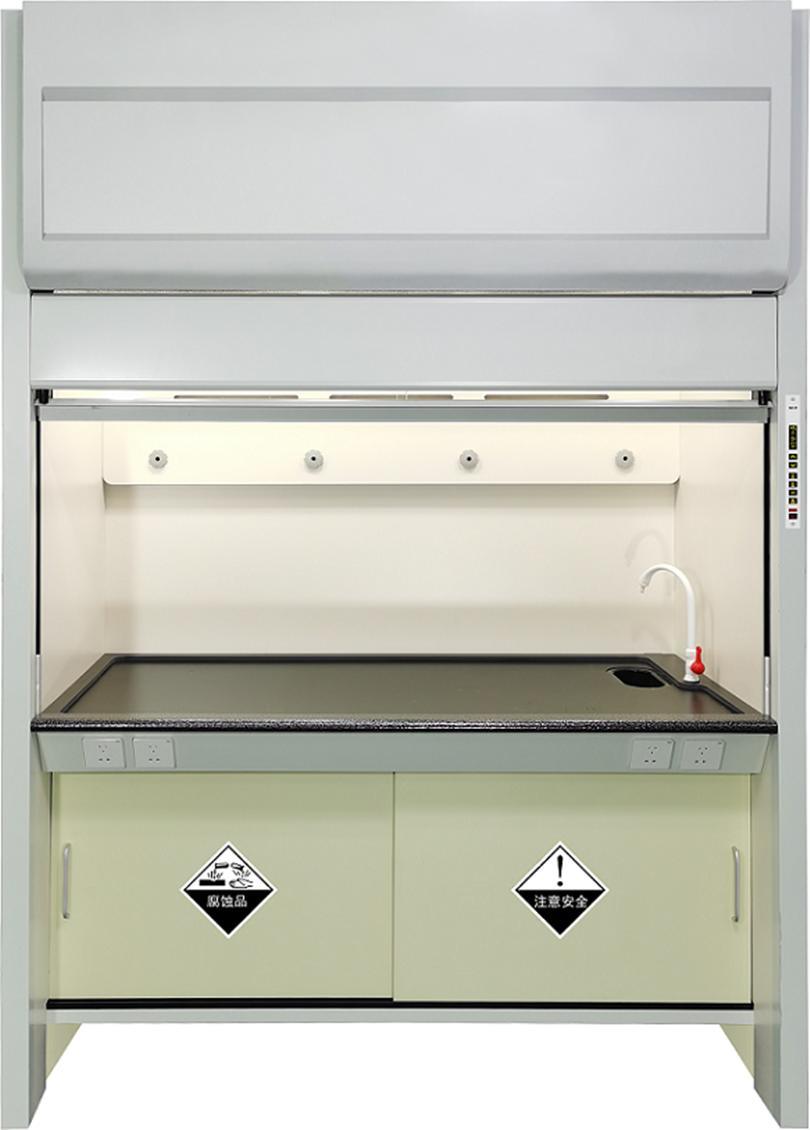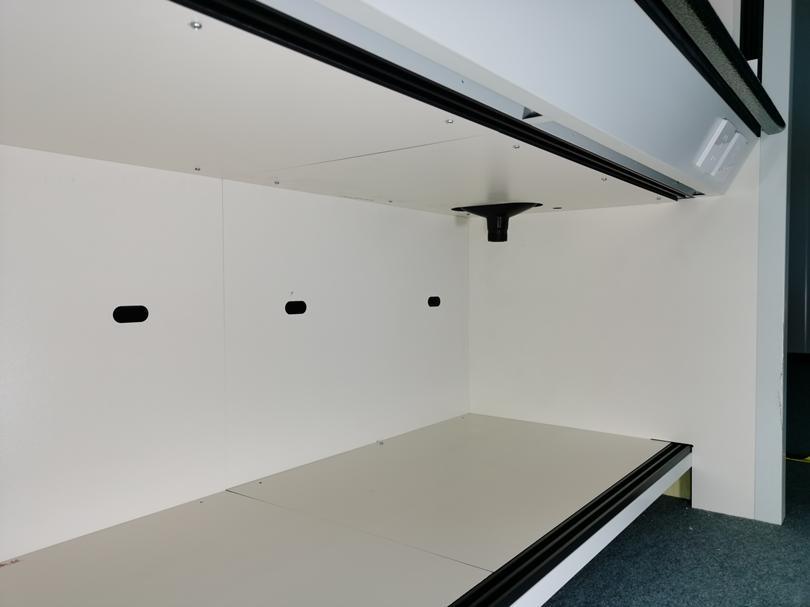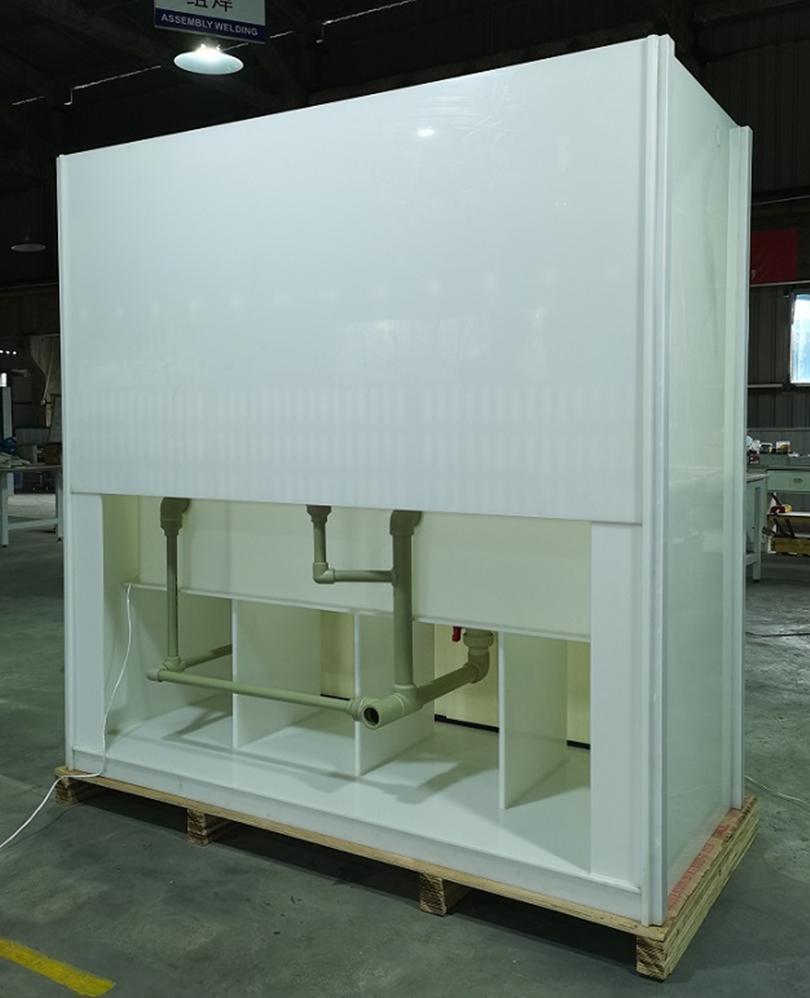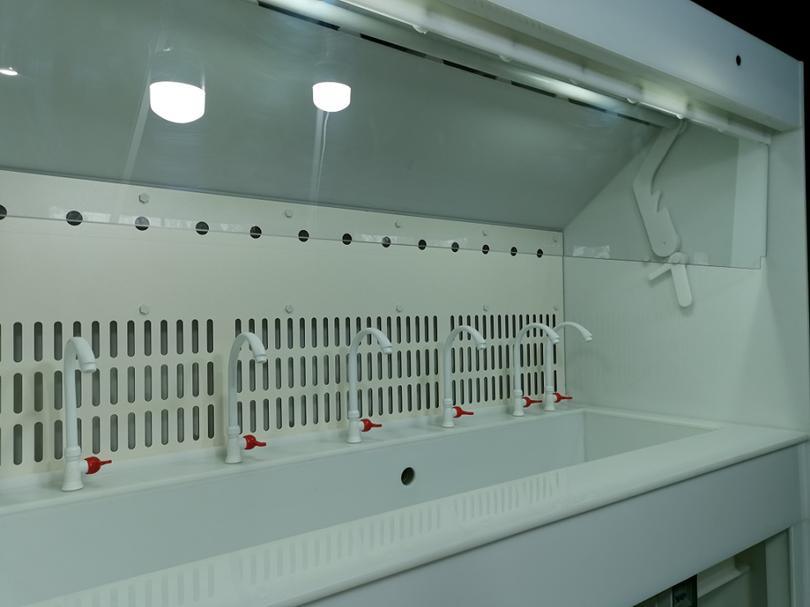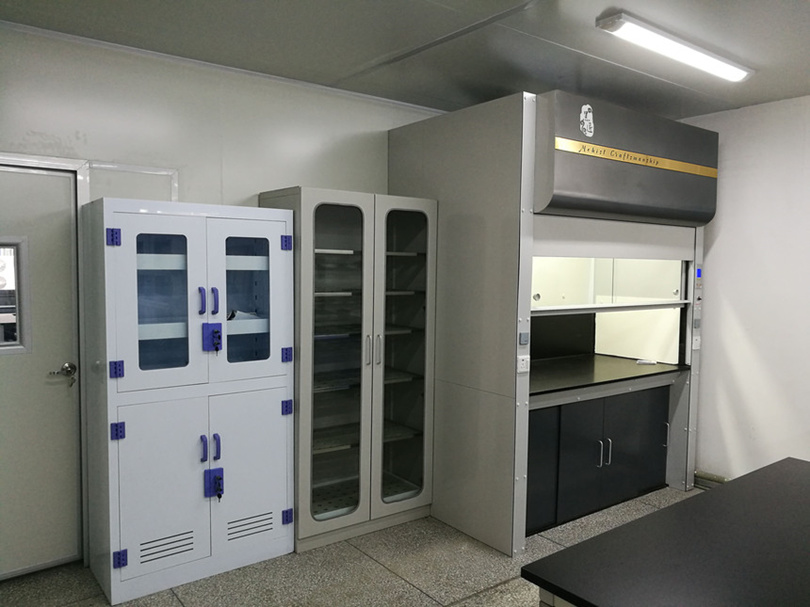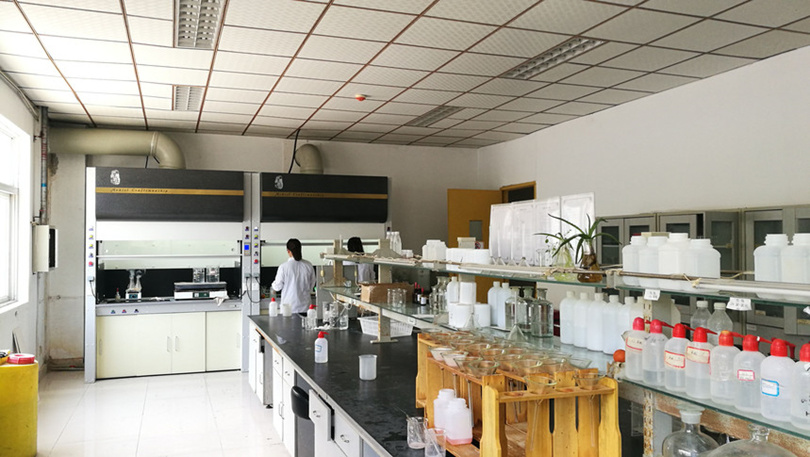| Model
Specification | WJ-1500A | WJ-1500B | WJ-1800A | WJ-1800B |
| External dimensions of equipment(mm) | 1500(W)*1205 (D) *2400 (H) | 1800(W)*1205 (D) *2400 (H) |
| Dimension of works pace (mm) | 1260(W1)*780(D1) *1100 (H1) | 1560(W1)*780(D1) *1100 (H1) |
| Panel material | 20+6mm thick butterfly ceramics |
| Material of internal lining board | 5mm thick ceramic fiber board |
| Diversion structure | Lower air return |
| Control system | Button control panel (LCD panel) |
| PH value control | The medium is alkaline water solution; manual monitoring, and
manual control through acid pump and alkali pump. |
| Input power | Three-phase five-wire 380V/50A |
| Current for air fan | Not over 2.8A(380V or 220V can be directly connected) |
| Maximum load of socket | 12 KW(total of 4 sockets) |
| Water tap | 1 set (remote control valve + water nozzle) | No | 1 set (remote control valve + water nozzle) | No |
| Water discharge way | Magnetic chemical pump strong discharge |
| Using environment | For non-explosion indoor use, within 0-40 degrees Celsius. |
| Applicable fields | Inorganic chemistry experiment; Food, medicine, electronics,
environment, metallurgy, mining, etc. |
| Ways of Purification | Spray sodium hydroxide solution, no less than 8 cubic
meters/hour | Spray sodium hydroxide solution.no less than 12 cubic meters/ hour |
| Ways of surface air speed control | Manual control (through the electric air valve to adjust the
exhaust air volume or adjust the height of the moving door) |
| Average surface air speed | 0.6-0.8 m/s Exhaust air volume: 1420-1890m3/h (when door height
h =500mm) | 0.6-0.8 m/s Exhaust air volume: 1760-2340m3/h (when door height
h =500mm) |
| Speed deviation of surface air | Not higher than 10% |
| The average intensity of illumination | Not less than 700 Lux; Standard white and uv-free yellow LED lamps;
The illumination is adjustable. |
| Noise | Within 55 decibels |
| Flow display | White smoke can pass through the exhaust outlet, no overflow. |
| Safety inspection | No spikes, edges; Charged body and the exposed metal resistance is
greater than 2 mQ; Under 1500V voltage, no breakdown or
flashover occurred for 1min test. |
| Resistance of exhaust cabinet | Less than 160 pa |
| Power consumption | Less than 1.0kw/h (excluding power consumption of fans and external
instruments) | Less than 1.2kw/h (excluding power consumption of fans and external
instruments) |
| Water consumption | Less than 3.2L/ h | Less than 4.0L/ h |
| Performance of wind compensation | With a unique wind compensation structure, the volume of the
wind will not cause turbulence in exhaust cabinet and will not
directly blow to the staff (need to connect to the air compensation
system of the laboratory) |
| Air volume regulating valve | 315mm diameter flanged type anti-corrosion electric air flow
regulating valve (electric contact actuator) |
